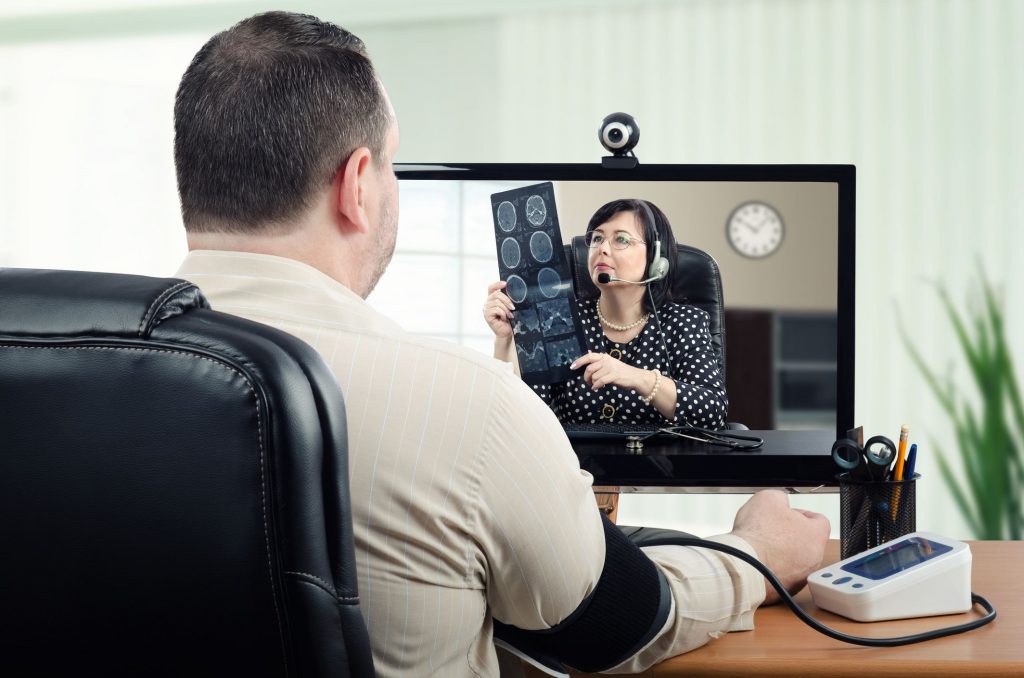The Federal Communications Commission’s (FCC) commitment to expanding broadband access to rural communities, the expansion of telehealth and new legislation designed to benefit telehealth efforts have all come to the fore this year. To many, these are signs that 2018 may finally be the year that telehealth experiences widespread adoption across providers, patients and payers.
This follows 2017, a year in which 64 bills were approved across 34 state legislatures to expand and remove barriers to reimbursement for telehealth services and to increase participation in interstate licensure agreements, according to an article from Health Payer Intelligence.
But the bigger issue behind a lack of telehealth expansion and adoption often has less to do with policy and more to do with infrastructure. Broadband access remains elusive for low income urban communities and a significant percentage of rural areas.
Funding Increase Supports Telehealth Development
It was announced earlier this year that the FCC would increase funds for the Universal Service Fund’s Rural Healthcare Program by $171 million, adding to the $400 million annual budget dedicated to helping healthcare providers in rural and underserved areas improve their internet connectivity.
The budget was created in 1997 and has never been adjusted for inflation. The American Academy of Family Physicians was one of the groups pushing for the increased funds, writing a letter to FCC Secretary Marlene H. Dortch, in which it stated:
“Telehealth is different from telemedicine in that it refers to a broader scope of remote healthcare services than telemedicine. While telemedicine refers specifically to remote clinical services, telehealth can refer to remote non-clinical services such as physician or clinician training, continuing medical education or public health education, administrative meetings, and electronic information sharing to facilitate and support assessment, diagnosis, consultation, treatment, education, and care management.”
Will It Work?
A healthy, high speed internet connection is essential to information sharing, particularly when it comes to files that include images such as X-rays, but it’s also the vital component in effective telehealth services. Will the FCC’s commitment lead to increased adoption in rural areas? At the very least, it’s a step in the right direction, but some worry that this latest effort may mirror past failures.
“The FCC’s stated desire to increase rule productivity may just be a lot of lip service,” Craig Settles, an industry analyst and author of Telehealth & Broadband: In Sickness and in Health, said in an interview with mHealth Intelligence. “The way the rules of the FCC’s funding programs are structured, these programs become cash giveaways to big telcos and cable companies for providing weak speeds, crappy quality and crappier customer service. That’s not good for telehealth.”
Settles sees revenue sharing arrangements with community broadband owners or municipalities as essential to the success of broadband expansion and thus telehealth expansion.
Additional Developments
Earlier this year, the FCC announced another program aimed at helping telehealth efforts in the form of the Connected Care Pilot Program, intended to “promote the use of broadband-enabled telehealth services among low-income families and veterans,” according to a press release from FCC Chairman Ajit Pai. The project would designate another $100 million aimed at making telehealth services more accessible.
Tech giants are also becoming more involved in healthcare initiatives, but sometimes the solutions they seek aren’t as complex as building nationwide information frameworks or innovating through the cloud.
In the case of Microsoft’s support of expanding rural internet access, they’ve launched the Microsoft Airband Initiative. It’s a five-year plan that will use TV white space, or the unused frequencies that live between television broadcast channels, to deliver broadband access to 23.4 million Americans. Microsoft is awarding grants to companies that help achieve this initiative, according to Health Tech Magazine.




